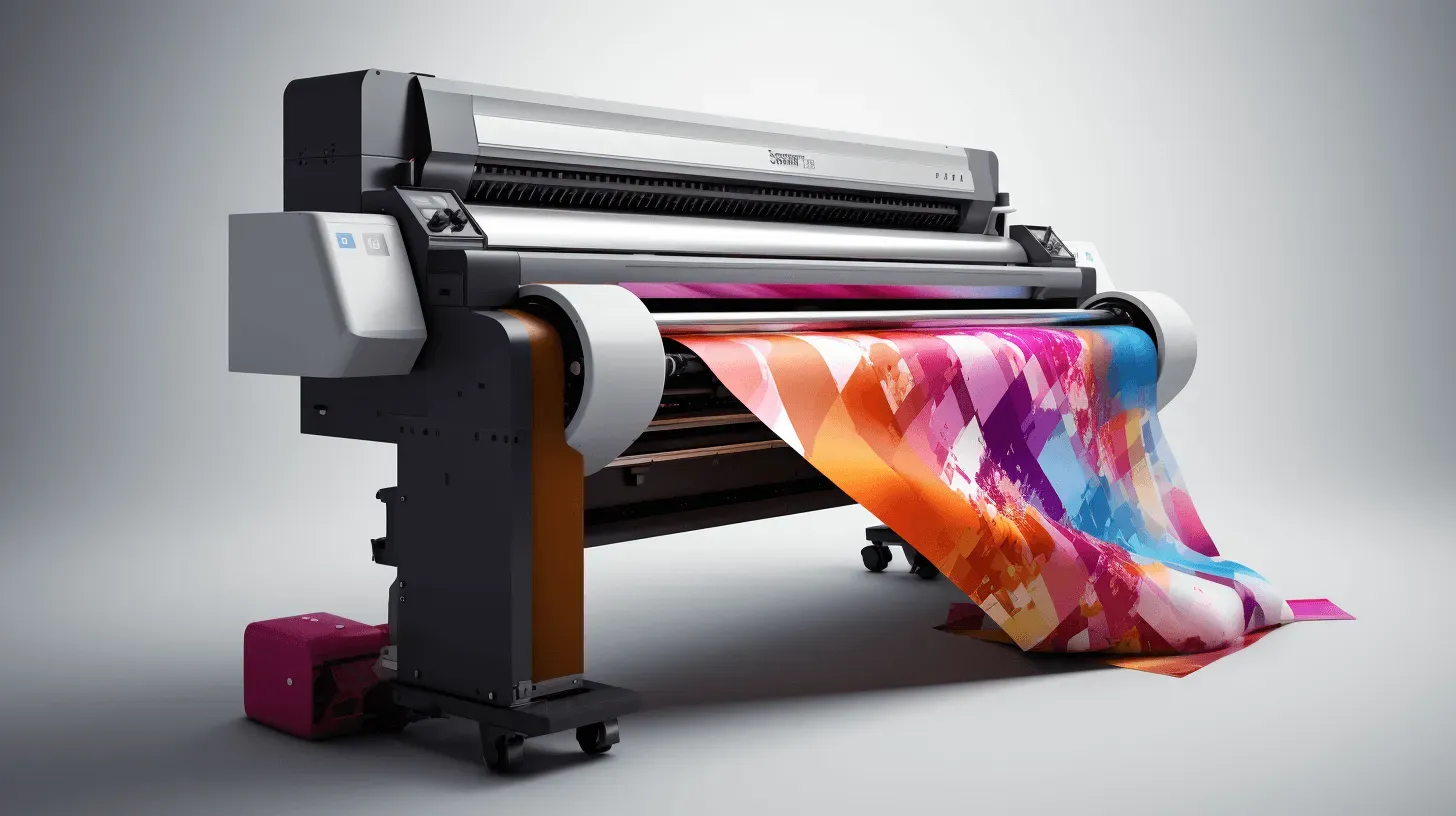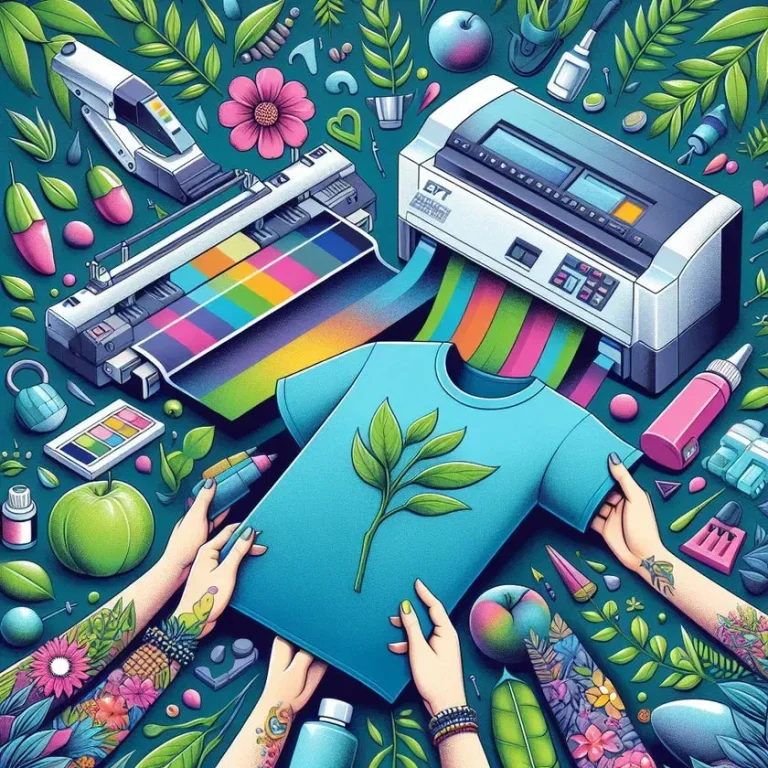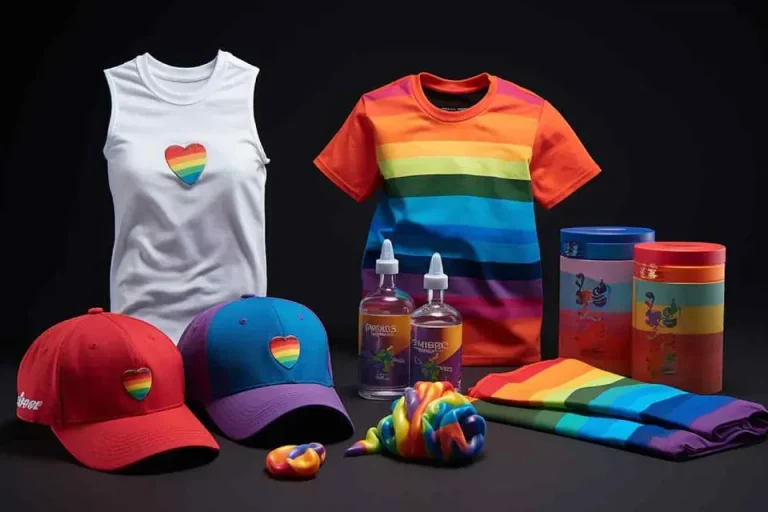DTF Printing: 2023 Trends and Innovations Unveiled
**DTF printing** has rapidly gained traction in the printing industry, revolutionizing the way designs are transferred to fabric. This innovative process, also known as direct-to-film printing, involves printing images onto a special film which is then transferred to the material using heat and pressure. In 2023, we see exciting developments and trends in DTF printing innovations that enrich customization options for businesses and hobbyists alike. With its growing emphasis on sustainability, sustainable DTF printing practices are becoming integral to the industry’s evolution, addressing ecological concerns without compromising on quality. Stay tuned as we explore the changing dynamics of DTF printing technology and its role in reshaping printing standards this year.
When we talk about **direct-to-film printing**, we refer to a sophisticated technique that allows for vivid and detailed designs to be seamlessly applied to a variety of materials. This method stands out in the textile printing realm due to its flexibility and cost-effectiveness, making it an appealing option for companies focused on customization and quick turnaround times. As we delve into the **DTF printing trends of 2023**, we will uncover how this technology is advancing and aligning with consumer demands for quality and sustainability. We will also highlight how recent innovations in DTF printing technology are setting new standards and influencing market dynamics. Join us as we navigate the future of printing and the transformative power of DTF printing.
The Rise of DTF Printing in the Apparel Sector
As global demand for personalized clothing surges, **Direct-to-Film (DTF) printing** has emerged as a game-changer in the apparel industry. Unlike traditional printing methods, which often involve complex setups and significant lead times, DTF printing simplifies the process by enabling quicker turnarounds and lower production costs. This technology allows businesses, especially start-ups and small entrepreneurs, to offer custom designs with minimal investment, making it an attractive option for entering the competitive apparel market.
In 2023, the versatility of DTF printing extends beyond mere t-shirts to a wide range of textile applications including hoodies, bags, and even accessories. The capability to print on various materials without compromising quality has further fueled its adoption. With consumers increasingly seeking unique designs and customizations, DTF printing positions brands to meet these evolving consumer preferences effectively.
Innovations Driving DTF Printing Technology
The landscape of **DTF printing technology** is witnessing remarkable innovations. Recent advancements in ink formulations have resulted in vibrant colors and sustainable printing processes that are more eco-friendly than ever. Companies are leveraging water-based inks that not only meet environmental standards but also enhance print durability. This shift towards responsible manufacturing aligns with consumer demand for sustainable products, marking a significant trend in the industry.
Additionally, enhanced printer functionalities, such as improved precision and faster printing speeds, are crucial innovations shaping the future of DTF printing. Manufacturers are now deploying state-of-the-art machinery that integrates automation and smart technology, allowing for increased efficiency and reduced production times. These technology-driven enhancements play a pivotal role in making DTF printing a sought-after choice for businesses aiming to stay competitive in the dynamic market.
Sustainable Practices in DTF Printing
In 2023, sustainability has become a cornerstone of the **DTF printing** industry. As awareness of environmental issues grows, printers and brands are adopting eco-friendly practices throughout their operations. This includes utilizing biodegradable materials and minimizing waste during production. Innovations in processes that allow for the recycling of used film and ink have also gained traction, making DTF printing a more sustainable choice for businesses aiming to reduce their ecological footprint.
Furthermore, consumer preferences are shifting toward companies that demonstrate environmental responsibility. Brands leveraging sustainable DTF printing strategies not only appeal to a growing demographic of eco-conscious shoppers but also differentiate themselves in a competitive market. By embracing sustainability, these brands are not just responding to market demands but are also contributing positively to the environment, making it a win-win scenario.
Education and Resources for DTF Printing Enthusiasts
The rapid growth of **DTF printing innovations** has created a burgeoning need for education and resources tailored to eager newcomers in the industry. Many businesses are seeking guidance on how to effectively integrate DTF printing into their operations. In response, suppliers are offering a plethora of training sessions, workshops, and online tutorials designed to help users understand the intricacies of DTF technology and its equipment.
Such educational initiatives serve a dual purpose: they not only equip users with the necessary skills to maximize their printing capabilities but also help promote the widespread adoption of DTF technology. By ensuring that newcomers are well-versed in the latest trends and techniques, the industry fosters a community of knowledgeable practitioners who can push the boundaries of what is possible with DTF printing.
DTF Printing Trends to Watch in 2023
As we progress through 2023, several key trends in **DTF printing** are emerging that could shape the industry’s future. One notable trend involves the increased interest in low-volume, customized printing solutions that cater to niche markets. This reflects a broader societal shift towards personalization and bespoke manufacturing, propelling DTF printing into the spotlight as businesses look to provide unique products without the overhead of full-scale production.
Another trend gaining momentum is the integration of digital marketing strategies with DTF printing operations. By marrying traditional printing techniques with digital tools, businesses can enhance their brand presence and streamline their customer service processes. The synergy between printing technology and marketing platforms allows for tailored marketing campaigns that can rapidly adapt to consumer needs, further solidifying DTF printing’s role in the future of custom products.
Future Prospects of DTF Printing
Looking ahead, the future of **DTF printing technology** appears promising, with continuous advancements expected to further enhance its applicability and effectiveness. The implementation of artificial intelligence and machine learning techniques within DTF processes shows potential to optimize quality control and improve production efficiencies significantly. These tech-driven enhancements will likely reduce operational costs, making DTF printing more accessible for businesses of all sizes.
Moreover, as industries increasingly yearn for sustainable and innovative printing solutions, DTF printing is poised to become a staple in sectors ranging from fashion to merchandising. Its capacity for high-quality, customizable outputs aligns perfectly with current market trends and consumer expectations. As innovations continue to unfold, DTF technology is not merely a fleeting trend but rather a robust pillar of modern printing infrastructure.
Frequently Asked Questions
What is DTF printing and how does it work?
**DTF printing**, or Direct-to-Film printing, involves transferring prints from a special film directly onto fabric using heat and pressure. This innovative method allows for high-quality, vibrant images on various materials, making it ideal for custom apparel production.
What are the latest trends in DTF printing for 2023?
In 2023, **DTF printing trends** include increased adoption across different industries, advancements in print quality through better inks and printers, and a significant emphasis on sustainable DTF printing practices. These trends indicate a growing shift towards cost-effective, customizable solutions for small businesses.
Can DTF printing be considered a sustainable printing option?
Yes, **sustainable DTF printing** is becoming increasingly viable. Many manufacturers are now focusing on eco-friendly inks and materials, aiming to reduce waste and improve recyclability, thus appealing to environmentally conscious consumers while maintaining print quality.
What improvements have been made in DTF printing technology recently?
Recent **DTF printing innovations** include enhancements in ink compositions and printer capabilities, resulting in sharper and more vibrant outputs. Furthermore, automation and advanced software integration have streamlined workflow processes, increasing efficiency and reducing manual errors.
How does DTF printing compare to traditional printing methods?
Compared to traditional methods like screen printing, **DTF printing technology** offers lower setup costs and greater flexibility for small batch runs, making it more accessible for businesses. This adaptability caters to the rising demand for personalized and quick turnaround prints.
What training resources are available for businesses adopting DTF printing?
With the rise of **DTF printing technology**, many suppliers now offer workshops, webinars, and online tutorials to help businesses learn how to effectively implement DTF printing into their operations, ensuring they can capitalize on the latest advancements and trends.
| Key Trend | Description |
|---|---|
| Increased Adoption Across Industries | DTF printing is being increasingly used in various sectors, particularly in small businesses due to lower setup costs and flexibility. |
| Quality Improvements in DTF Printing | Advancements in inks and printers have led to sharper, more vibrant outputs with the availability of eco-friendly inks. |
| Technology Integration in DTF Printing Workflows | Automation and advanced software have simplified workflows, improving efficiency and reducing human error. |
| Market Growth and Economic Potential | Expert predictions indicate an annual growth rate of approximately 8.2% driven by demand for custom apparel. |
| Environmental Sustainability in DTF Printing | Focus on eco-friendly practices is increasingly becoming a priority within the DTF printing industry. |
| Education and Training in DTF Printing | Growing interest has led to an influx of workshops and tutorials for businesses to learn DTF printing technology. |
| Future Prospects of DTF Printing | The adoption of advanced technologies, including AI and predictive analytics, is expected to enhance quality control in future. |
Summary
DTF printing is shaping the future of the printing industry with its innovative technologies and sustainable practices. As we move through 2023, key trends such as increased adoption across various industries, improvements in print quality, and a strong emphasis on environmental sustainability are driving forward momentum. Businesses are embracing DTF printing to meet the growing demand for customization while reducing setup costs. With ongoing advancements in technology and growing educational resources, DTF printing stands poised to revolutionize the market, create new economic opportunities, and set the stage for a more creative and eco-conscious future.







